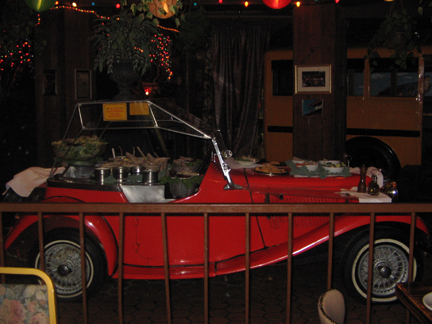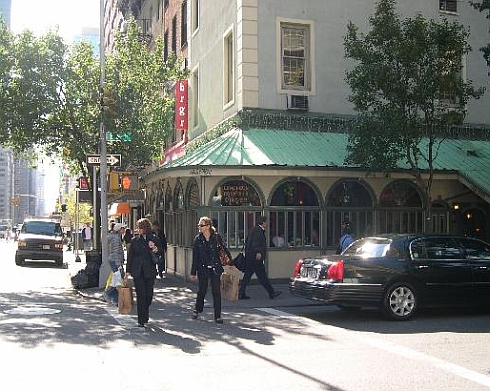Holly Golightly aka Lula Mae Barnes
Eloise was an icon that symbolized my childhood in New York–unsupervised, wild and crazy, lonely, but always, somehow safe and frequently fun. Holly Golightly was the symbol of my mother’s time in New York. The Georgann Rea of the Dakota and Park Avenue, with charge accounts at Bergdorfs and Bendels and Bloomingdales and tables at La Grenouille and Lutece was a creation of my stepfather and his taste and money and also of my mother and her aching desire to have the perfect life she’d always dreamed about–glamourous and romantic and important. She’d glimpse it, grab at it and hold it in her hand like the exquisite jewelry my stepfather bought for her but she’d never be able to hang onto it. Underneath her frosted hair and her little black Italian silk cocktail dresses, mother would always be the Iowa orphan (Loreta May Gronau) and abused little girl from Kansas City (Georgann McAdams) looking for unconditional love and a sense of belonging.







